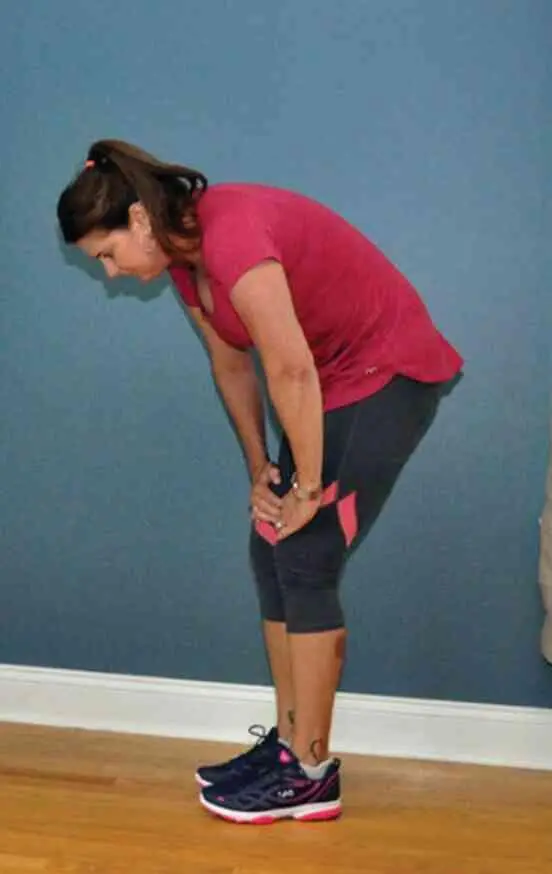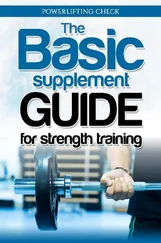Now on to the good news: your personal Fountain of Youth—resistance training— creates all kinds of great things that happen both inside your body and out, right away and over time.
IMMEDIATE BENEFITS:
✓ Stable blood sugar levels—Exercise actually helps your body regulate blood sugar levels. This is good for a variety of reasons, but the most important one is that you have a constant source of energy running through your body rather than having spikes that could affect your ability to function.
✓ Increase in “feel-good” hormones—These hormones, like adrenaline and noradrenaline, are stimulated by exercise and give you instant energy and often a boost in your mood.
✓ Improved sleep—Studies have shown that regular exercise can help your quality of sleep at all ages, especially if you workout in the morning.
✓ Increase your metabolism—An increased metabolism is great for losing weight, if that’s a goal you are working toward, which means you’re burning more calories just doing daily activities.
✓ Lowers blood pressure—It’s normal for many of us to be diagnosed with high blood pressure as we get older and exercise is one thing that can help manage this, both in the short-term and the long-term.
✓ Decreased arthritis pain—It may seem counterintuitive to exercise if you’re in pain, but when you strengthen the muscles around the joints with arthritis, you may feel an improvement within just two weeks of starting your exercise program. In addition, when you exercise, you warm the blood going to the muscles and joints, which also helps reduce pain and stiffness.
THE LONG-TERM BENEFITS
Exercising over time can improve almost every function in your body, and it doesn’t take much exercise to make a difference. One of the most important benefits from exercise is more about protection rather than some of the more visible goals like weight loss.
In fact, many of the benefits we get from exercise are things that are hard to see or measure, which is just one reason it’s sometimes hard to find the motivation to work out, even when we know it’s good for us.
CARDIOVASCULAR FUNCTION
For people who don’t exercise regularly, cardiovascular function can decline as they get older. This involves how much blood your heart pumps to the body as well as how much oxygen can make it to your muscles. Exercising can increase your heart’s efficiency, which means you can do more, protect your heart, and feel good all at the same time.
LUNG STRENGTH AND CAPACITY
The efficiency of your breathing can decline with age, and some of this is due to the degeneration of the discs in the spine, which affects the muscles surrounding your lungs. This means that you have less lung capacity, something you may not even realize. Exercise can help reduce the speed of degeneration in the spine, which means breathing better and easier.
BLOOD PRESSURE
Blood pressure increases with age, with some studies showing that about 75 percent of Americans over the age of 75 have high blood pressure.
Here’s the good news: studies show that in middle-aged and older adults, exercise capacity is a very strong predictor of whether you have a small elevation of blood pressure or whether you actually have hypertension, something that could lead to heart disease, strokes, and other problems. The other good news here is that all exercise counts, so even just a few minutes of extra walking a day can make a difference.
MUSCLE STRENGTH AND ENDURANCE
Now here’s where the real benefits come in, because while you can’t always feel the decline in cardiovascular function or lung capacity, you can definitely feel the benefits of being stronger and fitter.
Experts know that strength and endurance decline with age. Loss of muscle function is usually due to the loss of muscle mass. Here’s the important part: if you’re sedentary, your muscle mass can decline by about 22 to 23 percent for men and women between the ages of thirty and seventy.
That loss of muscle mass can lead to balance problems, trouble walking, slow reaction time (think of catching yourself after you trip or slip), and an increase in fat and, as a result, prediabetes.

But, that doesn’t have to happen. Researchers have found that strength training can mitigate age-related declines in how your muscles function. Even just gaining two pounds of muscle can make a huge difference, something that you can do no matter your age.
LESS INFLAMMATION
Maybe you’ve been hearing about inflammation in recent years as scientists discover just what it can do to the body. Persistent inflammation increases the risk for chronic diseases and can change how your body responds and heals from things like infections, injuries, some cancers, surgeries, and more.
Older adults tend to have elevated levels of inflammation, due to age or age-related issues like being sedentary, which can lead to being overweight or obese. As we get older and experience more issues like arthritis and other joint-related pain, it’s harder to move around. As a result, we sit more in order to protect ourselves but, in the end, we end up with higher levels of inflammation and it becomes even harder to move.
Strength training can actually help reduce inflammation, giving you some protection from these concerns.
MORE FLEXIBILITY
You might not often think about how flexible you are, but tight muscles can have a major effect on how your body functions and feels. You need that flexibility for daily activities such as tying your shoes, reaching for something on a high shelf, folding laundry, or backing out of your driveway.

Flexibility is also important for good posture, circulation, stress, and pain relief (think stretching or yoga), as well as having better balance and the prevention of injuries.
As we age, flexibility naturally declines because our muscles shrink and we lose some muscle fibers. Tendons also lose water content, which is what causes us to feel stiff, especially when we wake up in the morning.
Working on that flexibility, with both stretching and strength training, keeps your body supple, increases flexibility, and increases your range of motion so that everything in life becomes a little easier.
YOUR BRAIN
While exercise and strength training are great for your body and quality of life, you may be surprised at the protective effect exercise can have on your brain.
Here are just some things you can expect to improve with exercise:
✓ Prevent or slow mental conditions such as depression, Alzheimer’s disease, and Parkinson’s disease.
✓ Greater amounts of relaxation
» Exercise reduces levels of the body’s stress hormones while stimulating the production of “feel-good” chemicals in the brain. This means you produce natural painkillers and mood elevators.
✓ Improved brain function: Fit seniors are better at processing information more efficiently than seniors who don’t exercise.
✓ Empowerment
» We all feel better about ourselves when we accomplish something, and the feeling of being strong and in control increases confidence and self-efficacy.
✓ Being more integrated into society
» The stronger you are, the more you can do and the more you’ll get out in the world and engage in your community. This alone can contribute even more to those “feel-good” chemicals in the brain, making us feel that we belong.
Читать дальше














